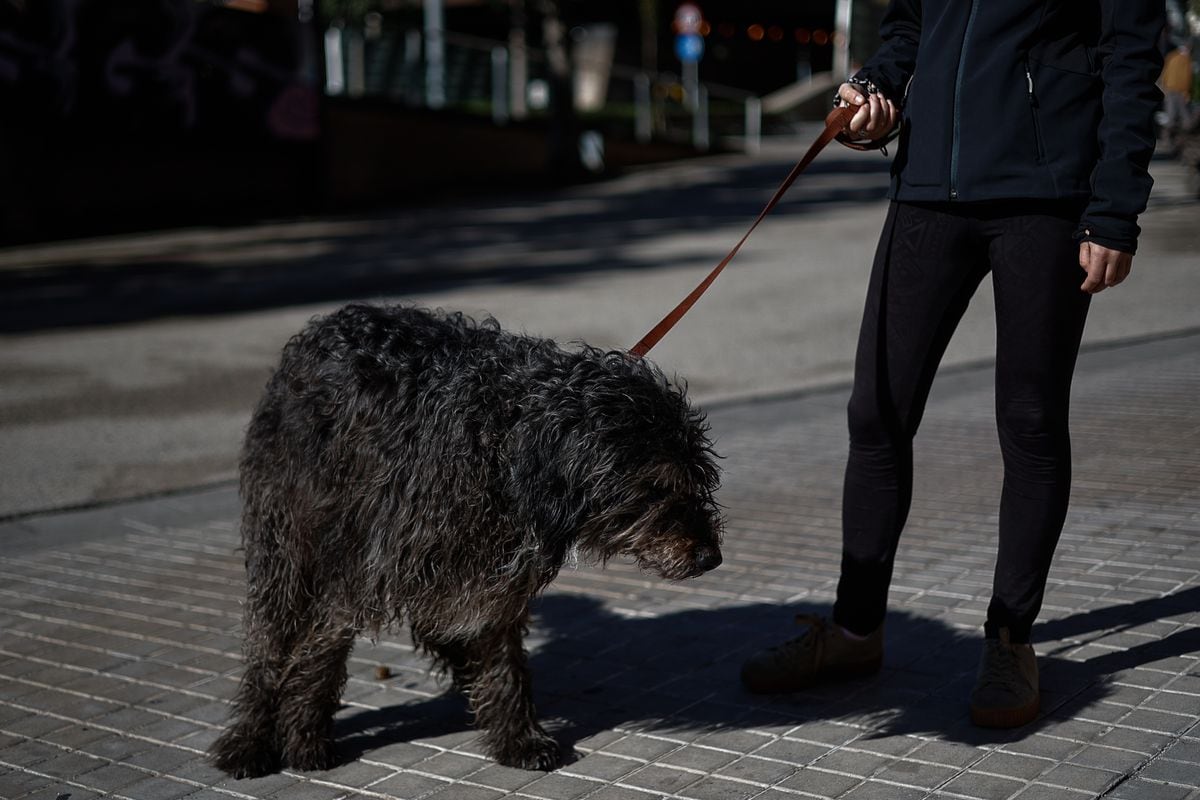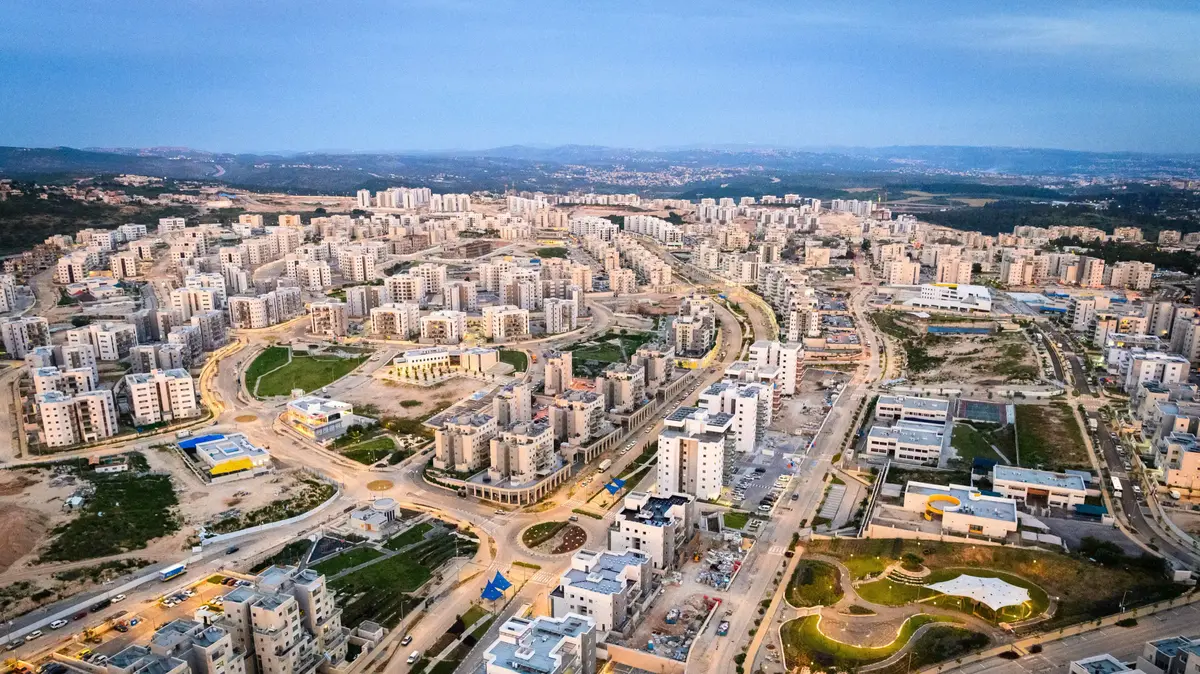The first data that are known from the survey of people living on the streets of the City give an expected contrast with respect to those that emerged from the 2022 Census of the Indec, which counted only 903 people. Now, according to official information from the Buenos Aires Government, the increase was 34% compared to last year's result, when some 2,611 people were registered, against 3,511 in 2023.
In a context of inflation and crisis, in which rents, both formal and informal, grow at exponential rates, housing problems also increase and many people who rent rooms in tenancies or share spaces become homeless and end up on the street.
It is part of the explanation for the increase in a situation that is perceived above all in the center, but also in the most peripheral neighborhoods, where images of people sleeping on sidewalks, galleries or bank ATMs are repeated.
The current survey was made before the beginning of Operation Cold, which in each winter intensifies the tours that are part of the Buenos Aires Presente (BAP) program. It consists of touring the streets of the City with mobile phones and personnel to assist people living on the street. On the one hand, they are suggested to transfer to the Social Inclusion Centers (CIS); If they do not want to, as they cannot force them, they are assisted with hot food and blankets to spend the nights, especially those of more hostile temperatures.
More people live in Aeroparque and now they don't just stay at night. PHOTO: ENRIQUE GARCIA MEDINA
Increasingly
The 34% increase of homeless people maintains similar proportions to the previous figures, with respect to those who attend hostels and those who remain on the streets.
The latter were 1,011 last year and are 1,243 now, which registered an increase of 23%. While 41% (from 1,600 to 2268) more are those who attend the paradores. In turn, they represent 65% of the 3,511 people surveyed.
As happens every year, many people reject that alternative because they say they cannot move with their belongings or they are robbed. Or they go for a while and then leave. As reported by the Buenos Aires Government, in the coming days the squares of these spaces will be expanded to assist people in the coldest months.
Other data from the City's census indicates that about 75% are male. Also, that 43% were born in the City, while 60% are between 19 and 59 years old. During the census, 34 children under the age of 14 were found. And according to official figures, in the 44 hostels there are 325 boys.
In April, a baby girl who lived on the street with her family died next to the Casa Rosada. Photo: Luciano Thieberger
Stories that repeat themselves
In April, the death of a baby girl who lived with her family on the street shook the city centre. It was next to the Casa Rosada and highlighted hundreds of stories of vulnerable people.
Clarín surveyed at that time the area of the recova of Paseo Colón Avenue, the Plaza de Mayo and the surroundings of the Congress, among other places where more and more people are seen living on the streets.
"In the Chaco we had a precarious house but we had to come here because the person who lent it to us died and they ran us. We had no choice. Here we live on the street, three months ago. We have nowhere to sleep, we have nothing. We're here, looking for a way for the President to help us. You can't live like this," said Rosa, with her four children, in Libertad and Talcahuano, adding: "I wanted to send the kids to school, but I can't because I don't have a stable place, I can't give them a better life. I don't like having my children on the street."
"This year's survey undoubtedly shows growth in tune with the current economic crisis, also linked to the increase in inflation, poverty and indigence," said sources from the Buenos Aires Government, adding: "This problem always has much deeper components than not having a roof to sleep in or a problem of economic income. A person who came to sleep on the street went through a lot of pain, a lot of suffering."
Aeroparque
This year the situation of Aeroparque Jorge Newbery also took relevance. As Clarín published on Saturday, the air terminal became a refuge attended by those who have nowhere to live.
"We started working on this problem with Aeropuertos Argentina 2,000 approximately 50 days ago. As part of this work, a survey was made in which it was detected that there are approximately between 70 and 100 people who are in this situation in Aeroparque, "said from the Ministry of Human Development and Habitat, adding that three weekly tours are made.
As in the rest of the city, people only move if they agree to do so or go to hostels. Neither the Buenos Aires government nor the Airport Security Police (PSA) have the power to force them to leave.
Difference
Although it increased, the new number released by the Buenos Aires Government differs from that of the National Census and that of social organizations. In the first case, it has to do with the fact that the INDEC only counted those who were actually on the streets and not those who were in the CIS.
In the second case, the Second Popular Census of homeless people, of July 2019, carried out by more than 30 social organizations and organizations such as the Ombudsman's Office of CABA, the Presidency of the General Audit (of CABA) and the Public Ministry of Defense (also of CABA), some chairs of the UBA, the Civil Association for Equality and Justice (ACIJ) and the Center for Legal and Social Studies (CELS), counted 7,251 people.
The difference has its explanation according to the Buenos Aires Government. They say that the one of the organizations was a survey made during several days in which the same people may have been counted several times, while that of the City is done in a single day. So far, they still do not agree to make a unified census.
SC
See also


/cloudfront-eu-central-1.images.arcpublishing.com/prisa/BB42X2XT2TTKOOJOSBUIXZRQRE.jpg)
/cloudfront-eu-central-1.images.arcpublishing.com/prisa/GBWIYLSXOZDHXNUL2C66JANTE4.jpg)



/cloudfront-eu-central-1.images.arcpublishing.com/prisa/JK7LV3IVJ56DPOCMYQWVOSSIS4.jpg)

/cloudfront-eu-central-1.images.arcpublishing.com/prisa/2QNGIEEKTFGRXYFY7DZOTWJJAI.jpg)